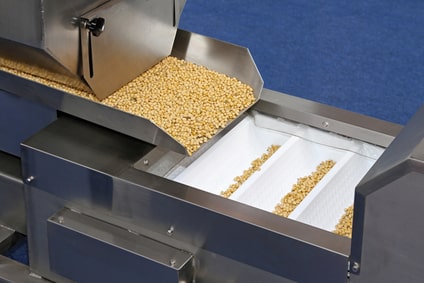Food equipment manufacturers are regularly made to draft designs that take into consideration the many national and international safety guidelines their clients are made to follow. In a nutshell, they must pay close attention to the smooth and impermeable quality of all surfaces, beware of crevices in which food or dirt might become stuck, and design virtually all equipment in such a way that users can easily disassemble it for regular cleanings and examinations. While these rules are ones that most all manufacturers must follow and to which most clients must adhere, there is a range of boards and organizations that have been put into place to test, certify, and ultimately guarantee that the food equipment is as safe as possible.
Generally speaking, most manufacturers working from or with facilities based in the United States will be required to get a certification mark, and one of the most versatile comes from the NSF, formerly known as the National Safety Foundation, and known today as the Public Health and Safety Organization. NSF works hard to determine whether you, as a manufacturer, have met safety, and sometimes emissions, guidelines that correspond with the jurisdiction in which you operate.

Once you do go through the application process and earn this seal, it effectively means that your piece of equipment has been deemed completely safe by a range of cooperating international entities, including NSF, making for the most transparent sales experience possible.
Let’s take a look at how these safety guidelinesare assessed and how the certifications are granted:
Just as food equipment isn’t one-size-fits-all, neither are NSF food safety guidelines. Below is a list of the commercial food equipment standards as they relate to specific categories of equipment. If you are currently being made to seek NSF certification for a product, you should be able to quickly identify your NSF food equipment classification below. (Once you have this information, you now have taken your first step in your certification process):
Although it may be somewhat common to come across equipment in the food manufacturing world that is labeled with the phrase ‘Tested to NSF Standards,’ the NSF warns that the claim is a meaningless one. In order to attain a certification from NSF, the product must be first assessed and tested by the organization, against a series of questions. To better illustrate the process, below is a list of questions for all water-related food equipment products:
Once you identify the standard to which your product should be tested, you are well on your way to becoming NSF-certified. NSF will test your product using similar criteria listed above to ensure that your product is safe, reliable, and ready for implementation.
Our sales engineers are experts in automatic asset tracking, tagging and identification,a nd can answer all your questions. Get in touch now.
Lets Talk ›